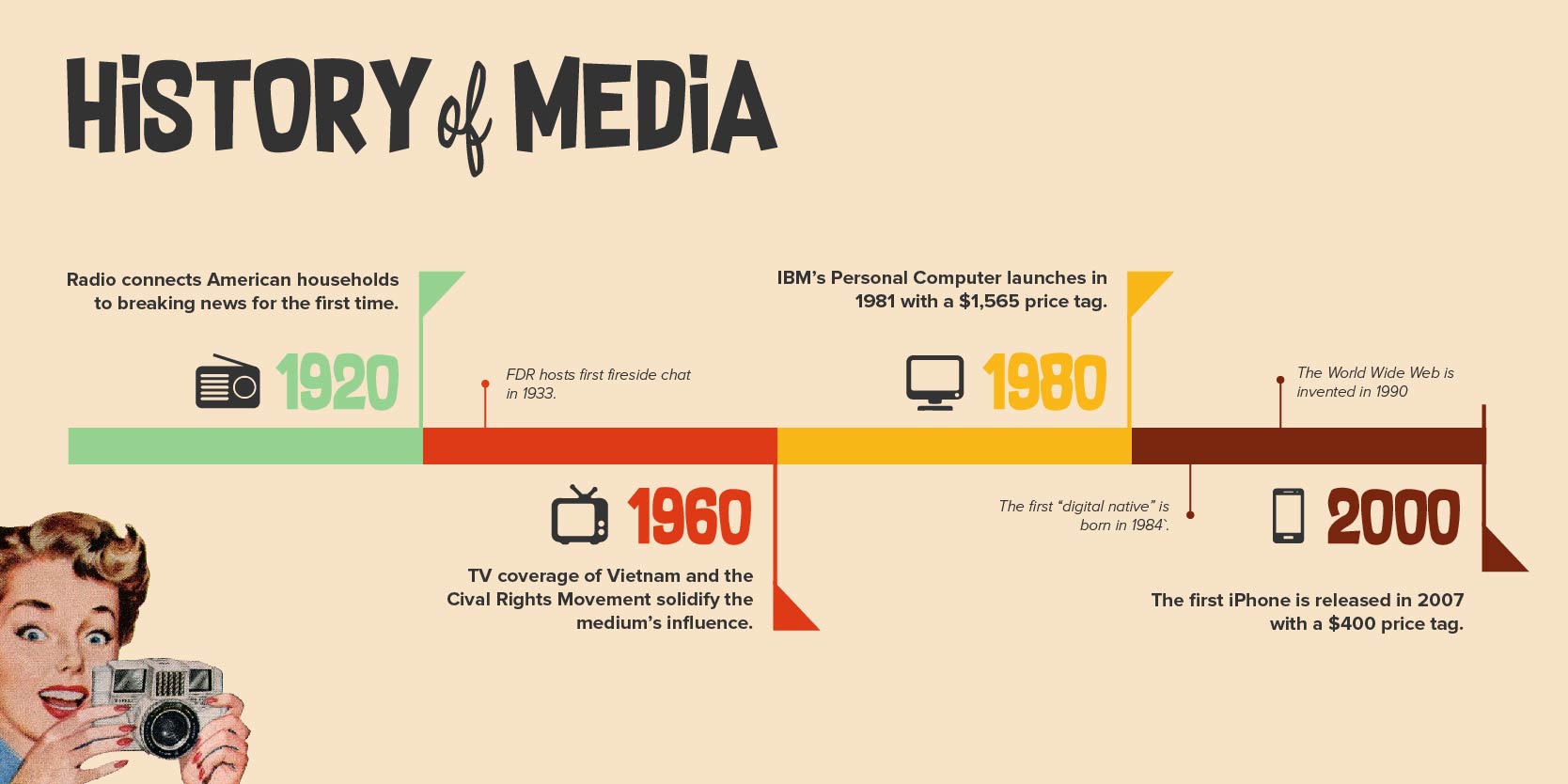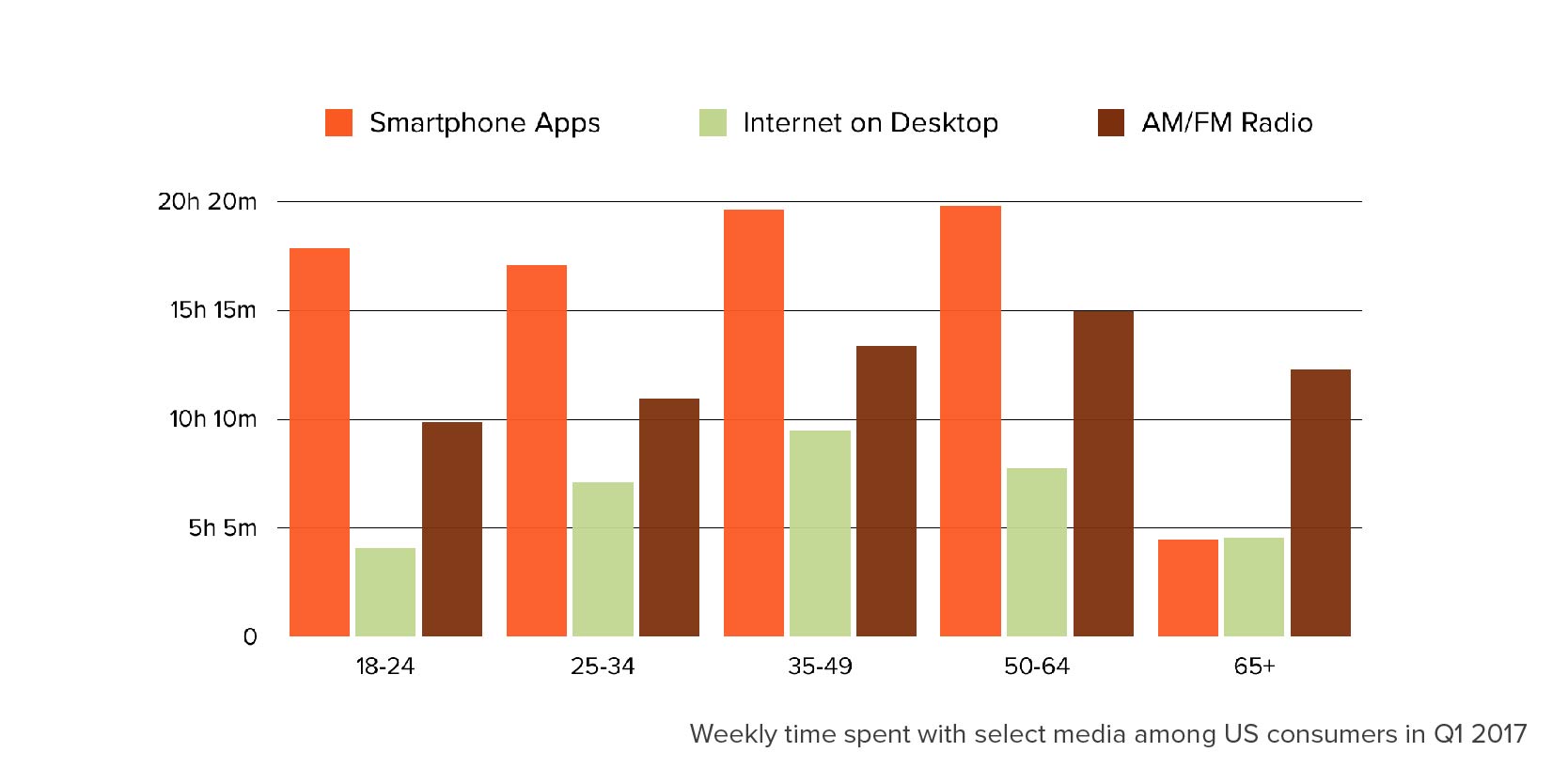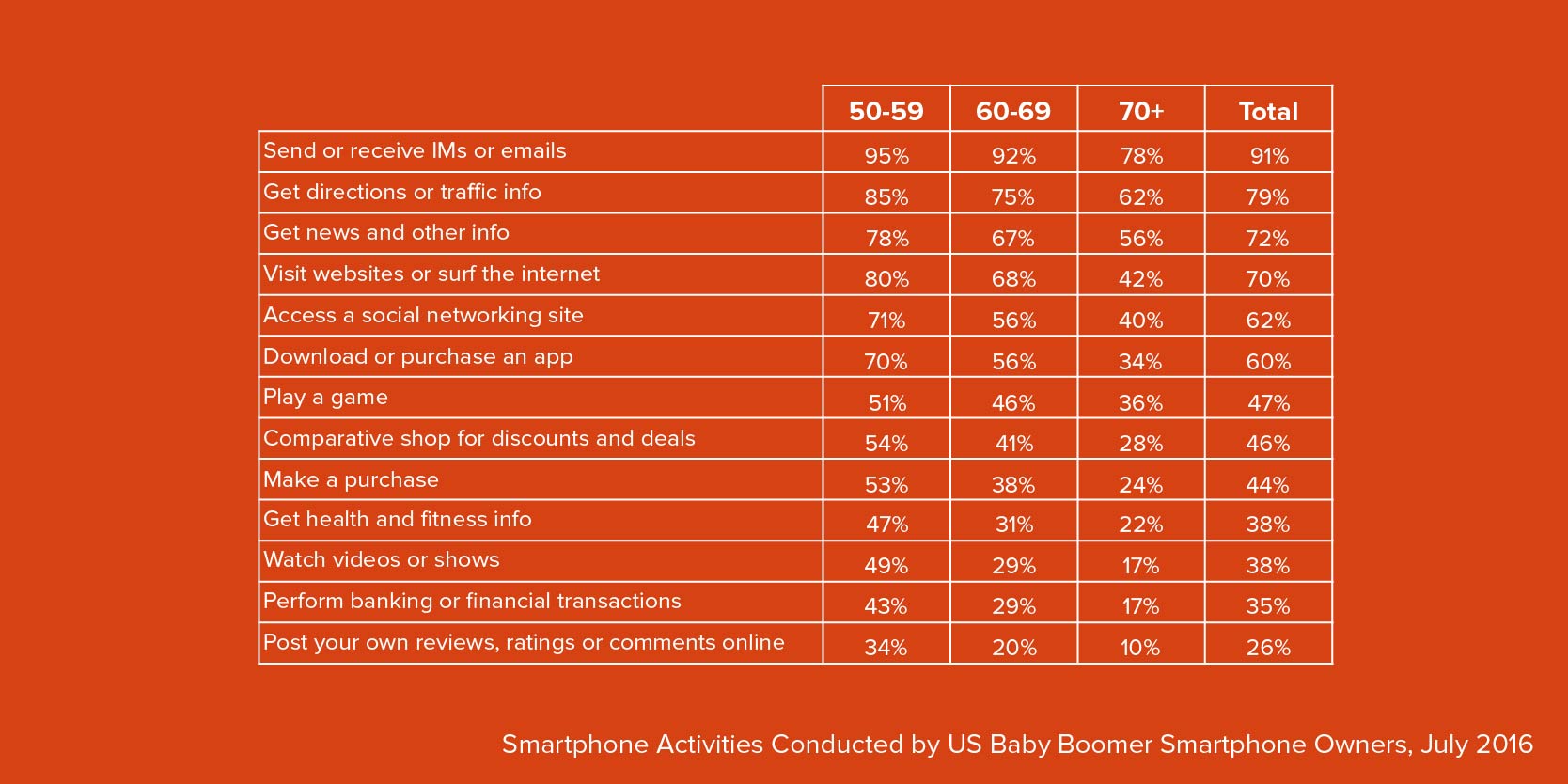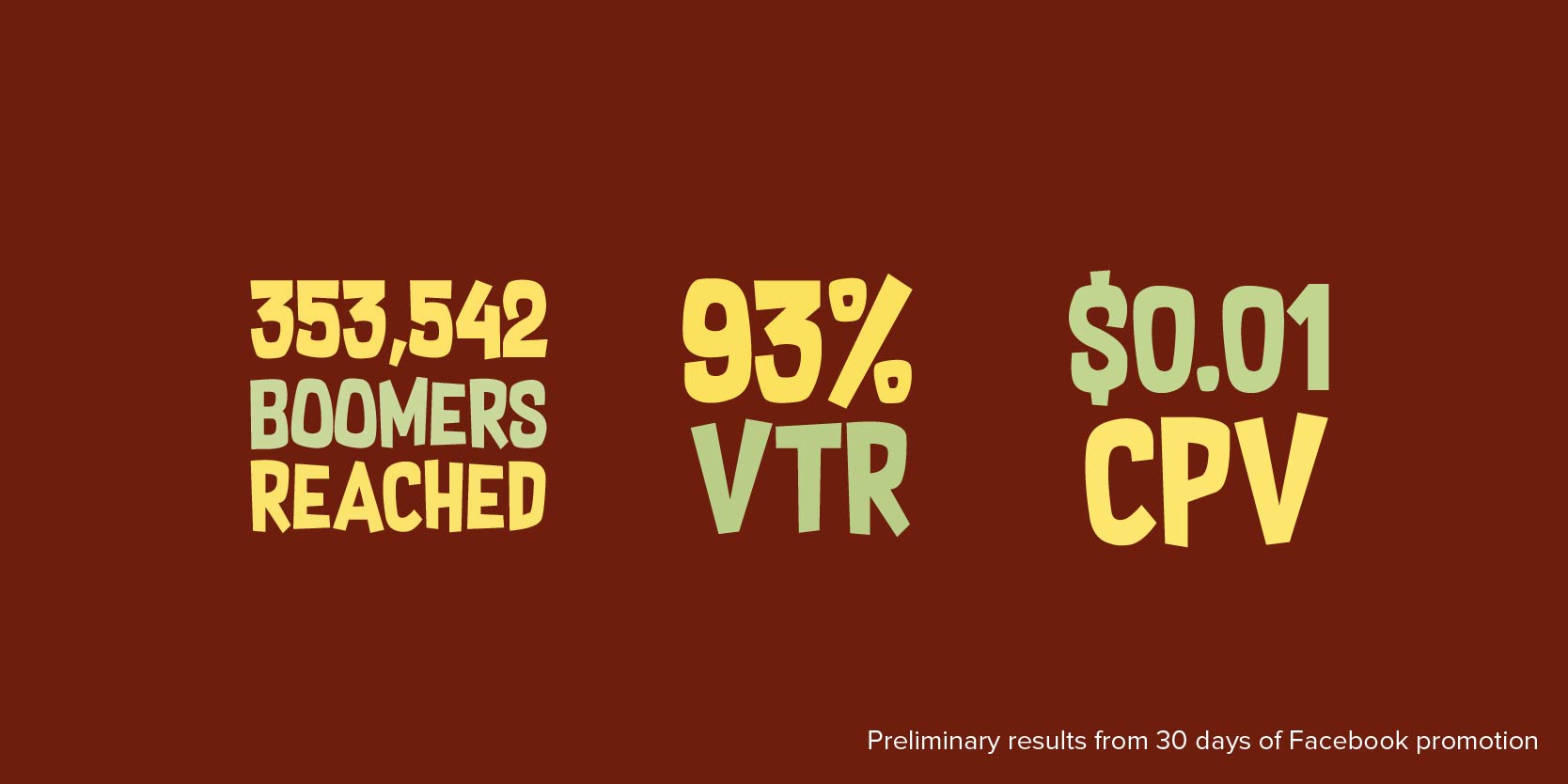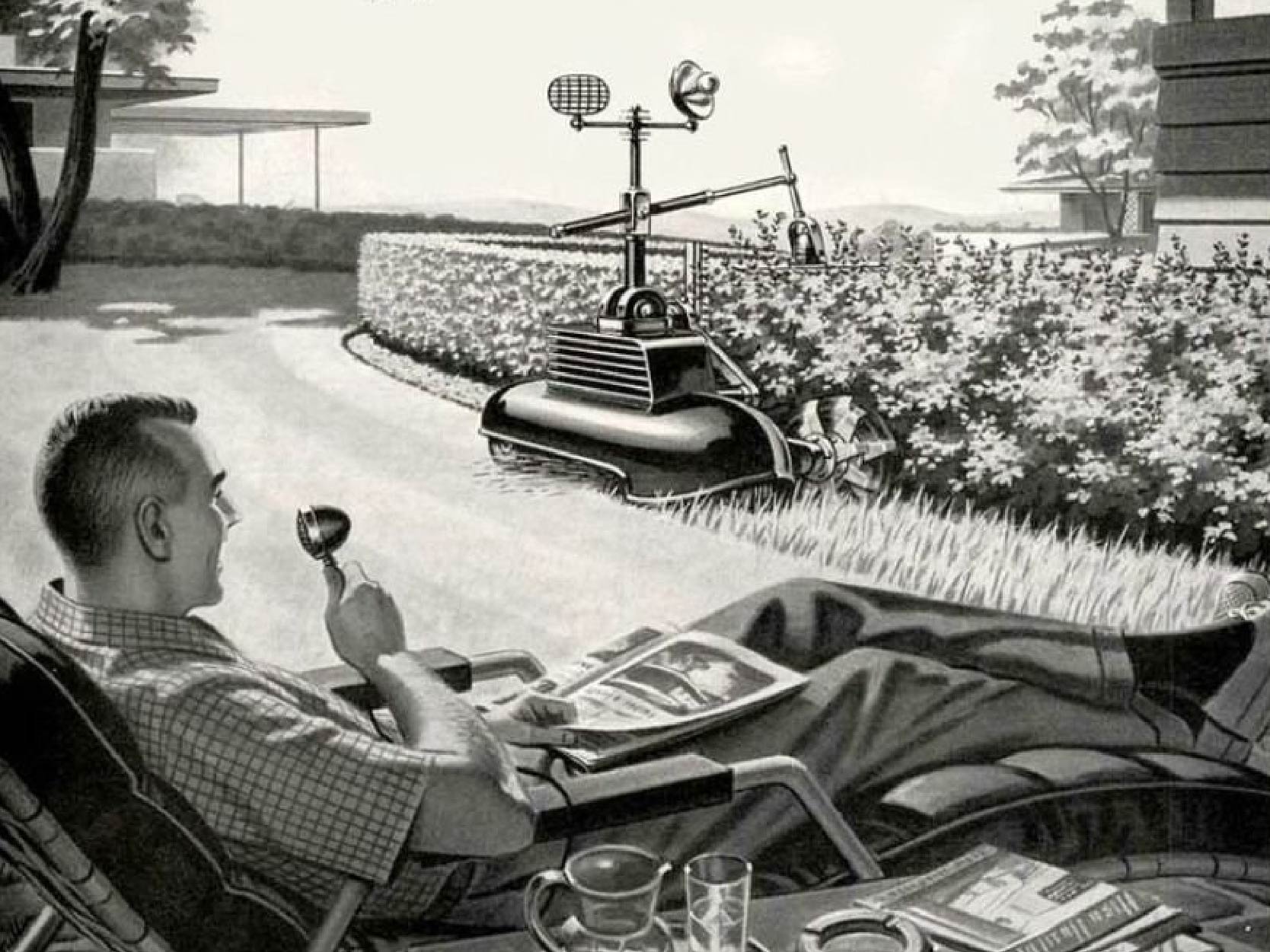But first, who are digital immigrants?
Digital immigrants are the counterpart of the digital native, a term used to describe people born after 1984 who have grown up in the age of digital media.
Academics assumed that early exposure to digital technology, like 8-bit video games and personal computers, endowed digital natives with unique attributes. In short, this was a generation of computer wizards who simply “got it.”
Juxtapose these special abilities with the digital immigrant, anybody born before 1984, who are thought to be at an inherent disadvantage when it comes to utilizing digital technology and navigating the digital world.
Myth #1: Digital natives and digital immigrants exist
They don’t.
Advertisers and academics alike have invested in the idea that anybody born after 1984 is inherently better at using and understanding digital technology, and anybody born before 1984 will never achieve this level of understanding.
The existence of digital natives is a myth, and science supports a different theory. While Millennials are early adopters of digital tools, they are not inherently better than Baby Boomers at using, understanding, or incorporating them into their daily lives.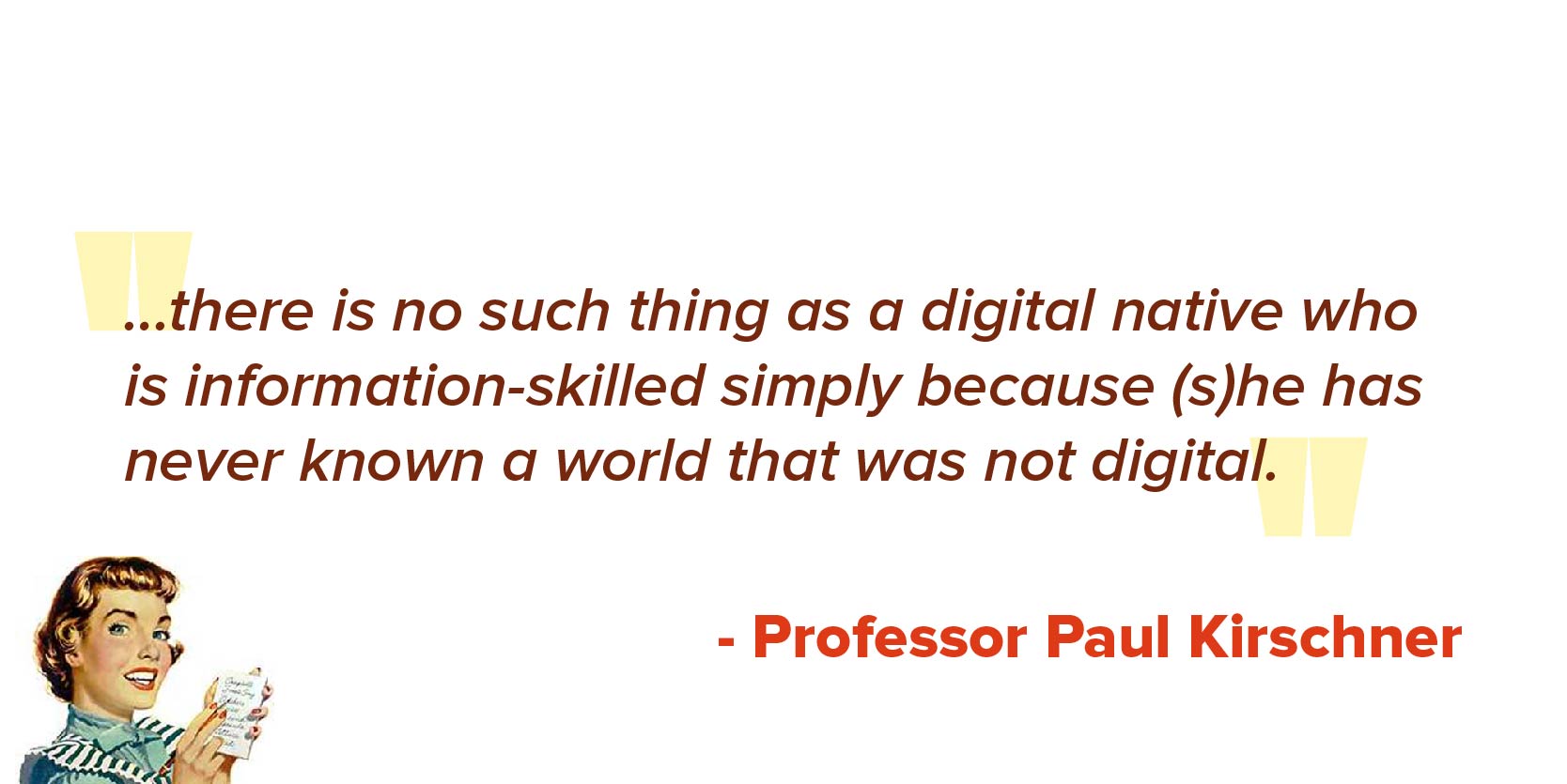
At least that’s the argument presented by Paul Kirschner of the Open University of the Netherlands. In his recent journal, “The myths of the digital native and the multitasker,” Kirschner defines and documents the origin of the term “digital native,” which was coined in 2001, and cites recent studies that discredit the idea.
“These researchers found that university students, all born after the magical year 1984, do not have deep knowledge of technology, and what knowledge they do have is often limited to the possibilities and use of basic office suite skills, emailing, text messaging, Facebook®, and surfing the Internet.”
It just so happens that these digital activities aren’t restricted to university students. They apply to just about everybody in America, including older generations.
How much time do you think 50-64 year-olds spend on their smartphone each week, on average?
The answer is eight minutes past 20 hours. And that’s more than any other age group.
While smartphone penetration is higher among younger generations, younger Baby Boomers spend the most time looking at their second screen. But what are they doing for upwards of 20 hours every week?
The same thing everybody else is doing. Messaging, surfing the web, checking social media, and playing games.
As early adopters, younger generations play an important role in introducing older generations to new technology, but they aren’t inherently better at using it.
Myth #2: Social media marketing is for targeting younger consumers
Almost half (47.6%) of Baby Boomers use social media, and the overwhelming majority of them are on Facebook. Moreover, 50+ social users spend an average of 4:09 (hh:mm) using social platforms every week, compared to the 6:19 spent by 18-34 year-olds. That’s a lot! Today, there are more 45-54 year-olds using Facebook every month than 18-24 year-olds.
In a recent campaign we executed for a client in the travel industry, we leveraged Facebook video ads to raise brand awareness and drive engagement among Baby Boomers currently unfamiliar with the brand.
Over 30 days, our video ads reached 352,542 Facebook users 45+, with a VTR (view-through-rate) of 93% and CPV (cost-per-view) of less than one cent.
The 45+ group was more than three times as likely to react to our content and four times as likely to share it than their under 45 counterparts.
Baby Boomers are not only accessible through social media, advertisers may find they are more responsive and engaged with promoted content than younger generations.
Myth #3: Digital technology is less relevant to aging generations
Because of the “digital native” hype, it’s easy to forget that Baby Boomers were the ones who made the personal computer a common household appliance, and email a normal means of communication.
While it’s tough to say older Americans remain in the vanguard of technology, they will be the first generation to use digital to deal with aging.
Self-driving cars, wearables, and the IoT (internet of things) all present functionality that would allow older Americans to age in place and remain independent. Younger consumers will continue to play an important role in introducing their aging parents to these new technologies. But, while younger generations are more likely to try something new for the novelty of it, older generations value functionality and ease-of-use above all else.
For advertisers and engineers, this means digital experiences targeted to Baby Boomers have to be smarter and easier to use than efforts targeted to Millennials.
Let’s Talk!
If you want to talk more about the data I cited in this blog, Facebook’s plot for world domination, or how Tilted Chair can help you reach your customer in a mobile world, reach out to me at jake@cool-saha.132-148-76-62.plesk.page.
